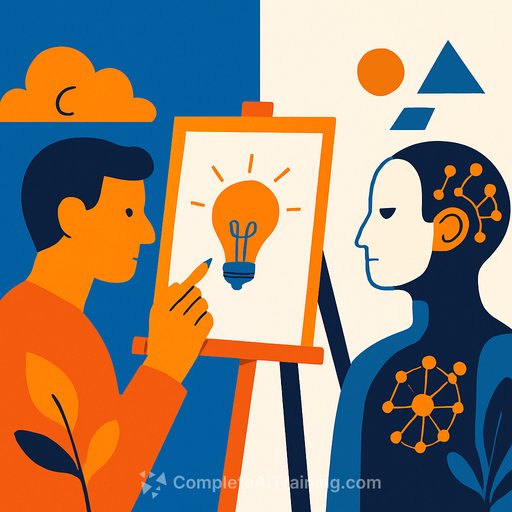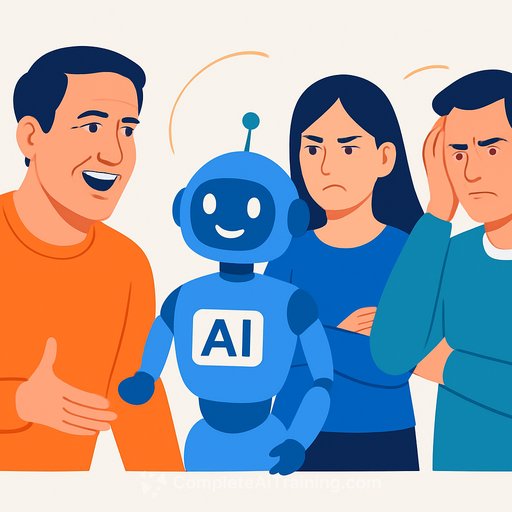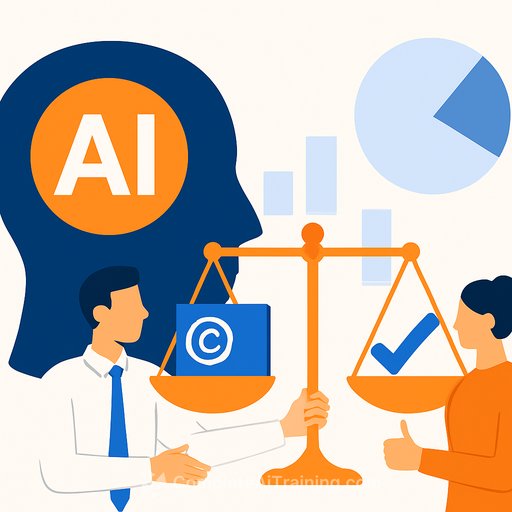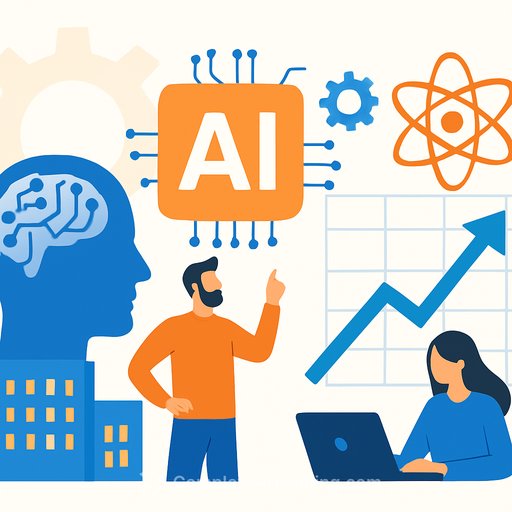Light and Shade: exploring creativity's AI conundrum
AI keeps moving. Creative work is shifting with it. Light and Shade looks at the tension points creatives feel every day: the upside of new capability, and the downside of lost control.
Back in early 2022, an ECD used a basic AI model to sketch people's "dream careers" on Twitter. It felt like a playful side project, a quirky endpoint. Two years later, AI sits inside the tools we use daily. It helps some, threatens others, and leaves many unsure what comes next.
What's changed for creatives
- Access: skills that once took years now sit behind prompts and sliders.
- Pressure: clients expect more variations, faster, for less.
- Control: questions grow about credit, consent, data, and where this all leads.
The five issues at the center
- Jobs: The ladder for juniors looks broken.
- Ownership: Copyright, credit, and consent collide with training data.
- Environment: AI's true footprint is hard to pin down.
- Productivity: Speed promises often turn into new admin loops.
- Homogenisation: Default prompts, default outcomes, generic work.
Jobs: if the first rung is gone, build new ones
Entry-level roles are thinning. In their place: unpaid gigs, cold DMs, and portfolio lottery. That "empty void" is real, but it's not immovable.
- Pair AI with craft: show the thinking, process, and taste behind outputs.
- Make micro-apprenticeships: short paid trials with clear deliverables and feedback.
- Publish playbooks: document systems, prompts, and decisions for transparent growth.
- Mentors: trade one-off portfolio reviews for 4-6 week sprints tied to live work.
Ownership: credit, consent, and contracts
Training data, copyright, and attribution are colliding. Legal norms are catching up, and your agreements should too.
- Add "no model training" clauses to contracts and NDAs.
- Record provenance: keep prompt logs, source references, and model versions.
- Check guidance from the U.S. Copyright Office on AI-generated works.
- Agree on credit: define who gets named for prompts, curation, and final edit.
Environment: make energy a design constraint
The footprint varies by model, workflow, and scale. Treat cost and carbon like any other spec.
- Prefer smaller models and batch runs for exploration.
- Cache results, reuse assets, and reduce needless rerenders.
- Ask vendors for energy and water data; compare options via the IEA's data center insights.
Productivity: the paradox of "faster"
AI speeds up drafts, then adds rounds of "one more option." More choices, more revisions, more scope creep. The fix is intent and constraints.
- Set a decision cap: agree on the number of iterations before you start.
- Timebox exploration: 90 minutes to find a direction, then switch to craft.
- Charge for expanded scope: new prompts and styles equal new budget.
- Use AI for breadth early; save polish for human judgment late.
Homogenisation: avoid the great sameness
Defaults produce default work. If your inputs look like everyone else's, your outputs will too.
- Feed your own source sets: moodboards from field photos, scans, physical textures.
- Write style constraints: "No glossy gradients. Emulate risograph misregistration."
- Force divergence: generate with three different models, then cross-breed elements.
- Blend analog steps: print, distress, rescan, and reimport to break the sheen.
How this series was built
Light and Shade is grounded in interviews with founders, technologists, researchers, educators
Your membership also unlocks:






